How to buy your perfect phone
Phone buying guide: which phone should I buy?
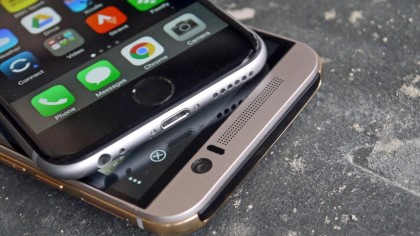
How to buy your perfect phone
Smartphones have evolved incredibly quickly in the last few years. They allow us to stay connected with friends and family, to capture important moments in our lives, and to access the boundless knowledge of the internet.
If you still haven't picked one up then, well, you're in a dwindling minority and you're really missing out. But whether you're finally taking the plunge, or you're looking to upgrade, finding the right phone is never easy. There's so much choice and a lot to learn about smartphone tech.
You're probably going to be spending the next two years together, so you definitely want to think on it before you pull the trigger. Don't worry though, as we're here to help with a straightforward look at everything you need to know to make an informed decision.
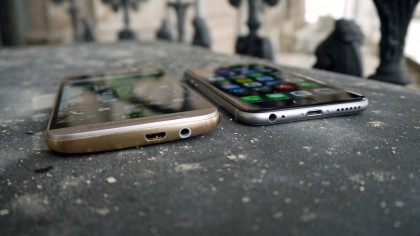
What types of phone are there?
Want to get a new phone? It doesn't have to just be a question of whether or not to get the latest iPhone or Galaxy handset - there are many types of telecommunication devices out there, so here's a simple list of what makes a phone smart, and at what point it really becomes a tablet.
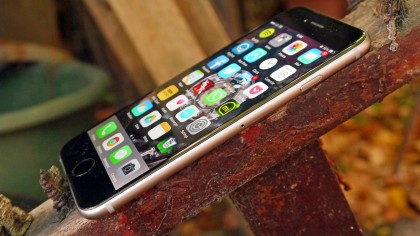
Smartphone
Standard smartphone screens range from 3.5 inches up to around 5.5 inches, and are mostly button-less. You'll see the odd keyboard-toting exception to the touchscreen rule, but largely the physical key is dying, except for power and volume.
We're hoping a new world of flexibility (as in screens that can bend) will unlock new form factors, but while Samsung and LG are experimenting with curves this is definitely the age of the rectangle when it comes to phones.
Beyond the basic shape there's a sliding scale of hardware that dictates the price. Cheaper generally means a poorer performance, but not necessarily so bad that you shouldn't be thinking of purchase. Smartphones are all-rounders and they're designed for everyone.
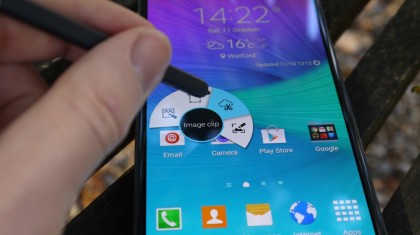
Phablet
If you want something bigger, but not as big as a tablet, then you can find some giant phones pushing beyond 5 inches to go all the way up to 7-inch screens, where tablets officially start.
To be a true phablet a device should combine features of a phone and a tablet. The most successful example is the Galaxy Note series with its handy stylus (although Samsung prefers 'S Pen') and range of software features to take advantage of that extra space.
If you're more interested in the other features of a smartphone, beyond calls and communication, then super-sized phones and phablets could be right up your street.
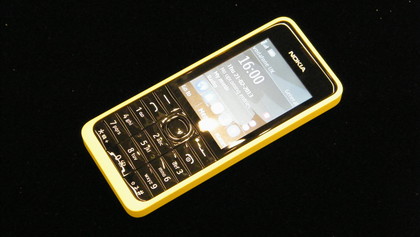
Feature and basic phones
Some people just want a phone to make calls. You can pick up basic mobiles from £20 and they'll suit luddites who just need a phone.
There are also a number of feature phones available that attempt to emulate smartphones and fail badly.
The truth is that budget phones running Android and Windows Phone nowadays are so cheap you shouldn't ever consider taking a step back to the land of feature phones unless you truly only want to make calls or texts - or need a phone to last the week at a festival.
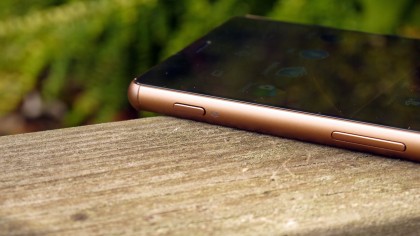
Five things you need to know
It can be daunting entering the world of the smartphone, or even choosing a decent feature phone if all you've ever known is a rubbish Nokia from decades ago.
Hit up the next five slides for our little cheat sheet explaining the top things you should be looking out for.
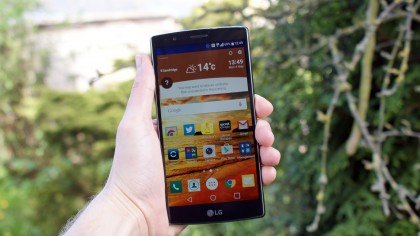
Screen size and resolution
The bigger the screen you go for, the better your experience will be for reading, gaming, browsing the web and watching videos, but the trade-off is extra weight and size.
The general trend has been towards larger screens and 5 inches or more is common for flagship Android smartphones.
The resolution determines how sharp your screen will be and it will impact on everything you do on your phone. If you're coming from an older device then 720p will probably impress, but many of the latest high-end phones have gone beyond even 1080p and are boasting QHD (aka 2K) resolutions as standard.
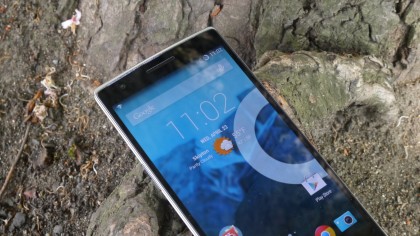
Processor and RAM
A fast multi-core processor will be able to handle all the latest games. If it's backed up by a decent amount of RAM then you'll be able to switch in and out of apps quickly and efficiently.
Generally speaking higher is better, but some manufacturers get more from the hardware than others. A quad-core or octa-core processor can make lighter work of video recording while dual-core devices will largely be better on the battery.
For RAM always look for at least 1GB - anything less (unless you're paying peanuts and don't care) will garner you a sluggish handset and many flagships now have 3GB.
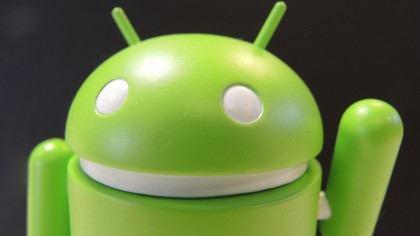
Platform
The obvious choices are Android and iOS. Both platforms are slick, easy to get to grips with, and have huge libraries of apps to buy and download.
Windows Phone is a distant, but credible third, with some nice customisation options and a reasonable choice of apps. We can't really recommend BlackBerry any more - although if it does stage a remarkable turnaround, we'll let you know.
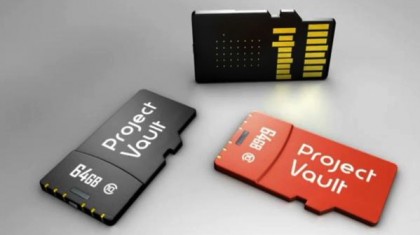
Storage
You'll be surprised how quickly your smartphone fills up with new apps and games to enjoy, photos and videos, and various other bits and pieces.
As a rule of thumb go for at least 16GB and ideally 32GB or more unless you're adamant that you'll never download an app or two or listen to music - in which case, question if you really need a smartphone. Making sure there's a microSD card slot is a good idea too, as it will give you peace of mind for the future.
Trust us: storage fills up faster than you might think.
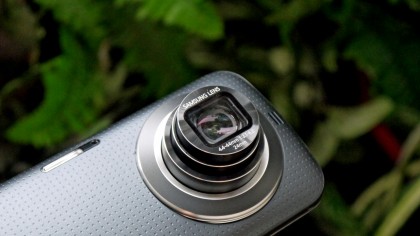
Camera
For most of us our smartphone is also our main camera, so you'll want to think carefully about how your prospective purchase handles photos and videos.
Don't just check the megapixel count. Higher is not necessarily better. You also want to think about low-light performance, shutter speed, and a host of other settings.
If it's a vital factor for you then make sure you compare the quality of shots on different phones before you decide.
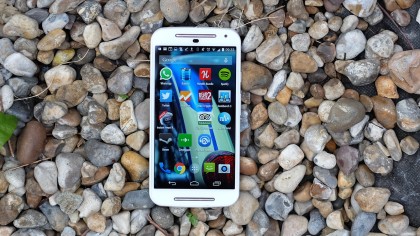
How much will I need to spend?
You can walk away with a brand new smartphone for no money down if you sign up to a two-year contract, but make sure that you do your sums first.
These deals are not always particularly good and it's easy to forget that £35 per month for 24 months is £840. Check the price of the smartphone as an unlocked standalone purchase and look at the level of service you need.
If you're going for a smartphone then the Moto G (2014) at £130 is really great value for money. You can also get surprisingly high-end power with the OnePlus One at £179. The majority of flagships, like the iPhone 6, the Samsung Galaxy S6, and the Sony Xperia Z3+ are going to cost you at least £450.
If you're willing to go for last year's top smartphone then £350 should be enough, and prices just keep on dropping the further back you go.
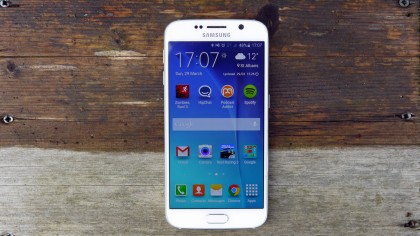
What phone does TechRadar recommend?
If you want something beautiful and slick then we recommend the Samsung Galaxy S6. It's the kind of phone that anyone could fall in love with. For people with limited cash the Moto G (2014) is a truly unbeatable option.
But if you're struggling with so many phones to choose from check out our top 10 best mobile phones for a detailed look at all of your best options right now.
And even if money's tight, you don't have to forgo having a smartphone. You'll find some irresistible options at low, low prices as we delve into the realm of the best cheap smartphones on the market.
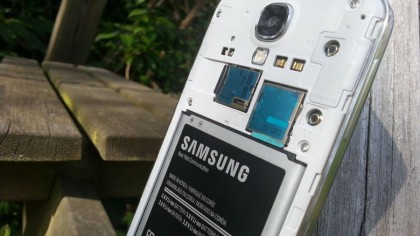
What other things should I consider?
Battery life is always important, but there are some major differences between the top phones. Don't just look at the mAh (milliampere hour) rating.
You should consider other power-saving features too. If you like to carry a spare, make sure that your prospective new phone has a removable battery. It's worth remembering that some of the latest phones support wireless charging as well.
There are lots of connectivity features that might prove important. Bluetooth 4.0 LE (low energy) is required by a lot of fitness tracking devices, and it's good for streaming music too, so that's something to watch out for if you intend on using a lot of accessories. If you want to be able to pay for things with your phone then you might want NFC (near field communication) support.
The best way to make sure that the phone you're considering ticks all the boxes is to make a list of those features that you can't do without.

Phone jargon explained
Operating System, OS, or Platform: refers to the software running on your phone, so in most cases either Android, iOS, or Windows Phone 8.1.
3G or 4G: 3G is the third-generation of mobile phone technology, 4G is the fourth-generation. Each generation is faster than the last.
Coverage: this is the area where you can get a mobile signal.
Resolution and PPI: resolution dictates how sharp the screen is as a measure of the pixels. Full high definition (HD) is 1920 x 1080 pixels, but size factors in too, so you'll often see PPI, which stands for pixels per inch. The higher it is, the sharper the screen will appear.
Processor, GPU or CPU: dictates the hardware that runs the system. The more powerful it is, the faster your phone will be able to run.
Apps: software programs that run on your phone, they can be anything from Facebook to Flappy Bird.
RAM: Random Access Memory enables you to switch in and out of apps more quickly. The higher it is the better your phone will handle multitasking.
Internal storage: how much room you have for files, apps and movies. It's always measured in GB and the higher the number is, the more room you'll have.
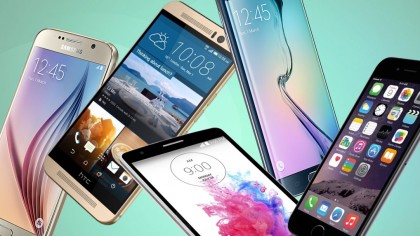
Enough! Show me the reviews!
Okay we hear you, it's time to move along and start reading up on individual devices. You can get some really in-depth insight into the options with our smartphone reviews.
So get reading and then with knowledge on your side get buying.
James is a freelance phones, tablets and wearables writer and sub-editor at TechRadar. He has a love for everything ‘smart’, from watches to lights, and can often be found arguing with AI assistants or drowning in the latest apps. James also contributes to 3G.co.uk, 4G.co.uk and 5G.co.uk and has written for T3, Digital Camera World, Clarity Media and others, with work on the web, in print and on TV.